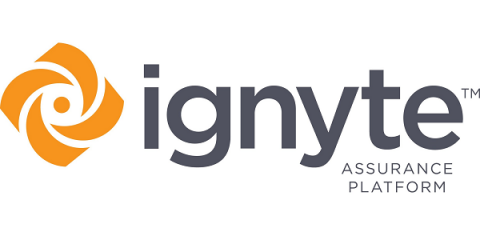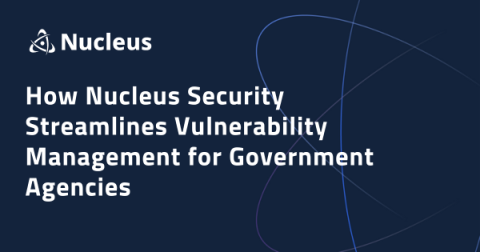ConMon: FedRAMP Continuous Monitoring and How It Works
ConMon: FedRAMP Continuous Monitoring and How It Works Obtaining a software approval with the federal government and its agencies as a contractor and obtaining an Authority to Operate (ATO) is not a one-time process. We’re not just referring to the need to recertify annually and pass occasional audits. We’re talking about an additional part of the process, the final part of the NIST Risk Management Framework: Monitoring.









